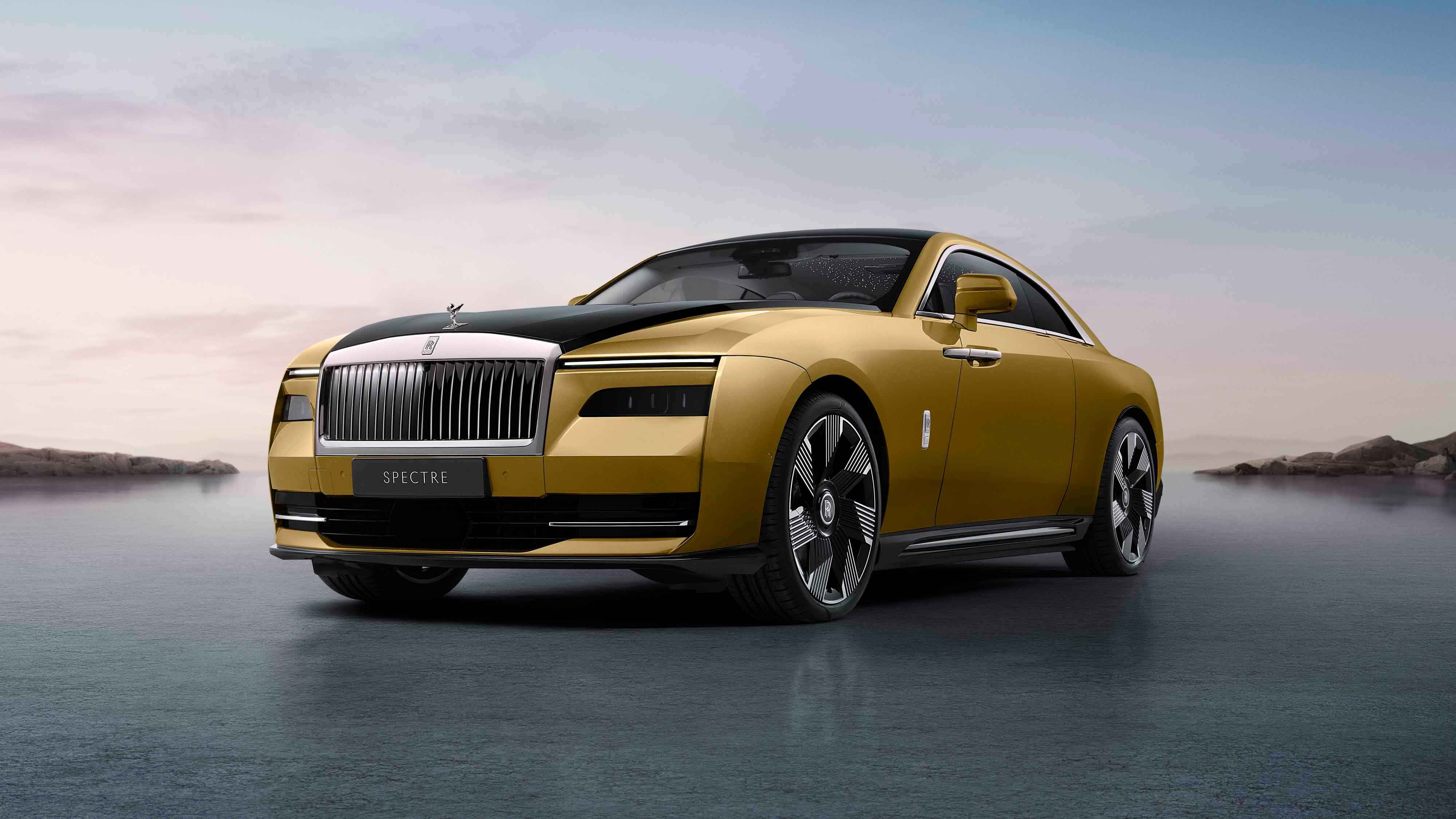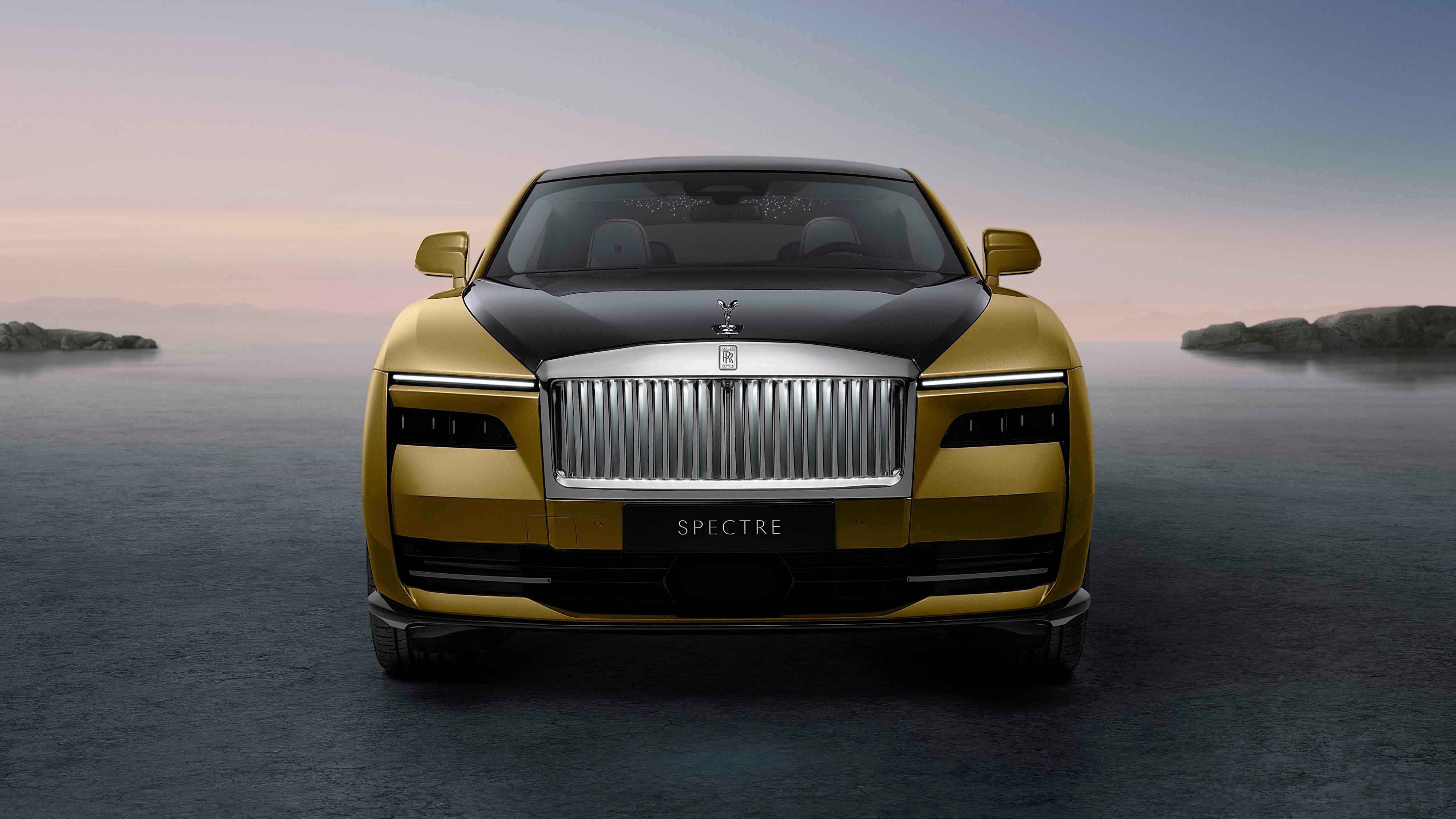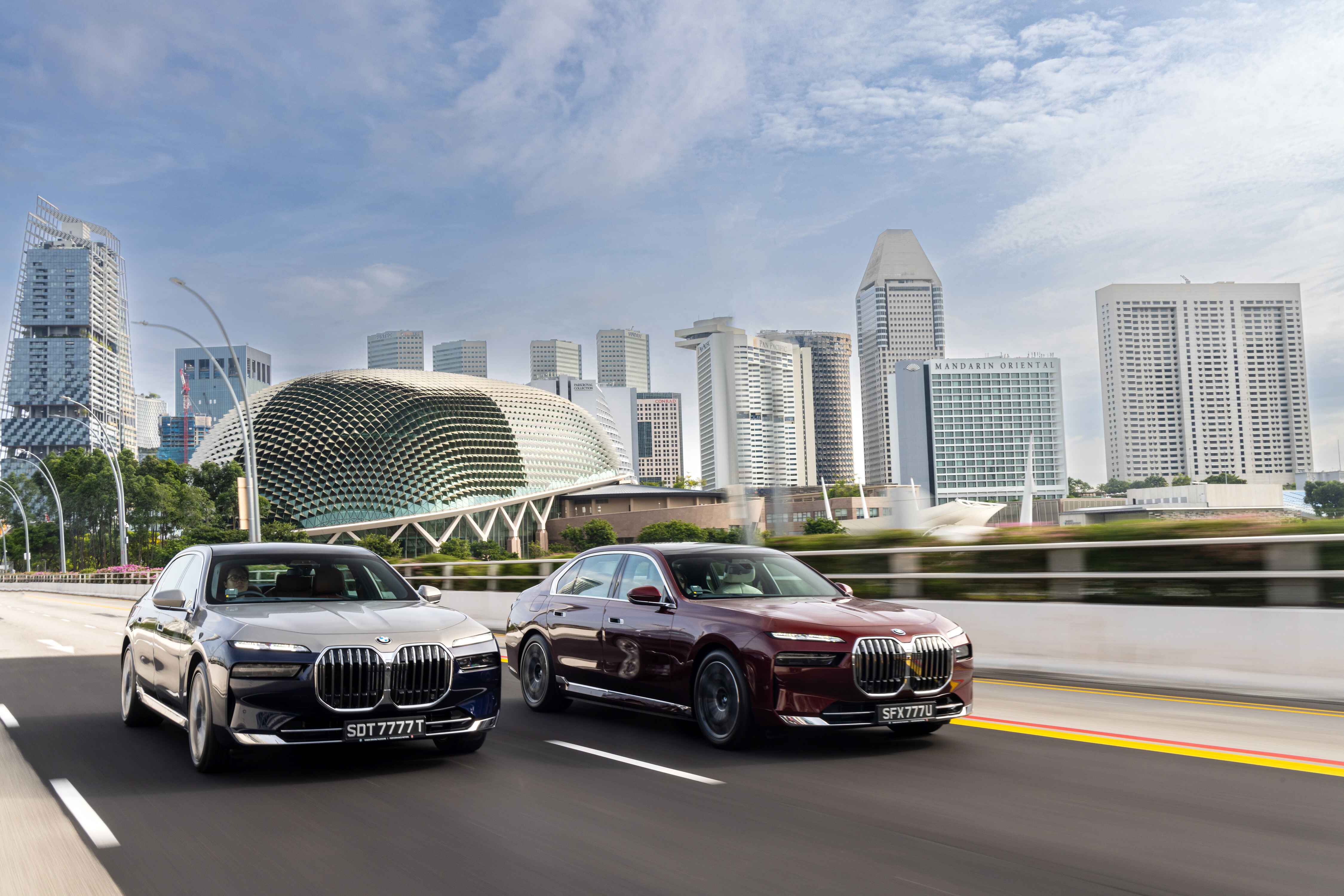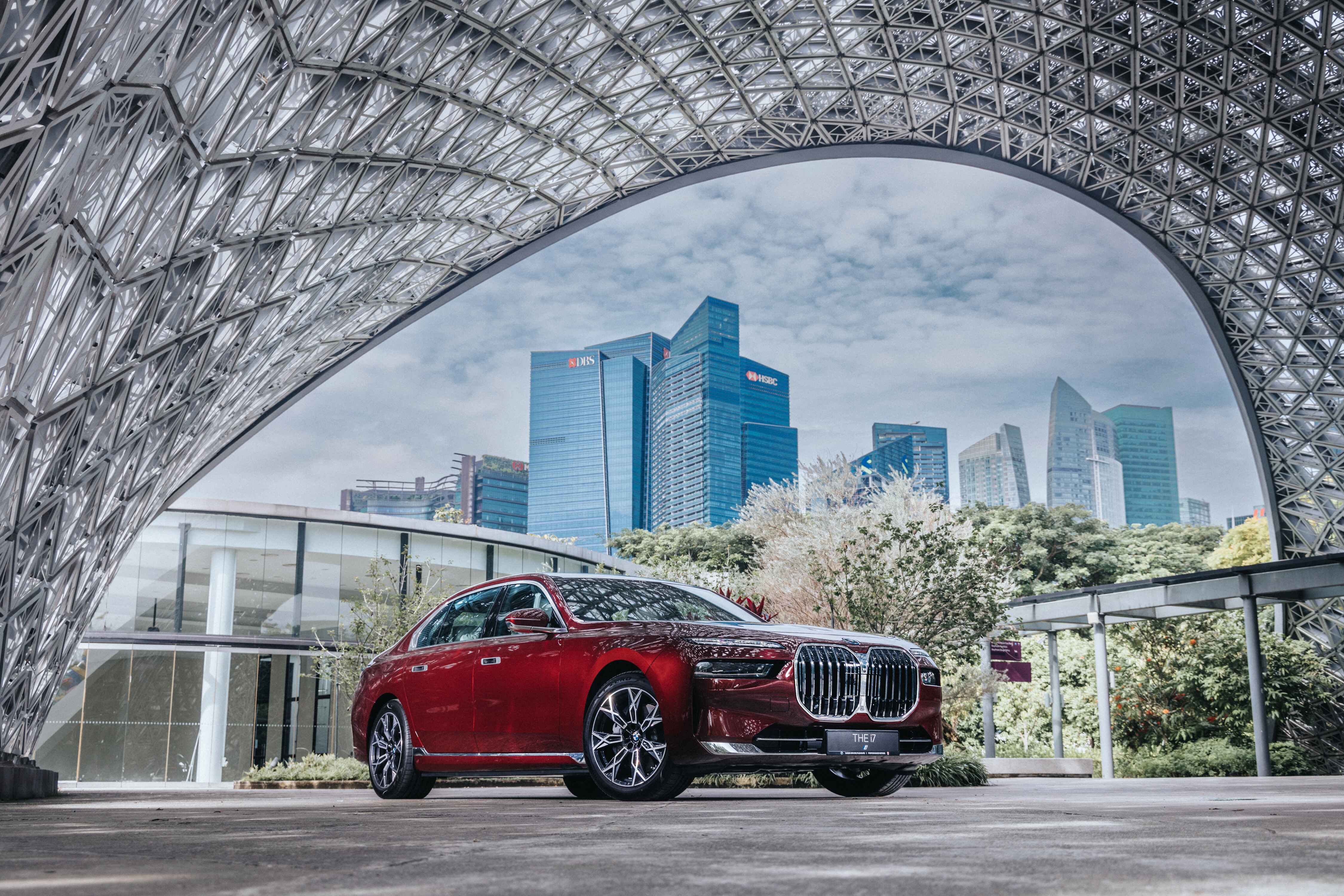Whatever your own particular view on current and future atmospheric conditions, “sustainability” has become a buzzword in just about every industry and at every stratum of society. As one of the greatest contributors of carbon into the environment, no one knows this shibboleth more than the automobile industry.
Today we live in a very complicated, if not dangerous world. We’ve survived an ecumenical pandemic and now the next crisis seems to be surviving what is termed “climate change.”
Many countries and car manufactures have declared that by 2037, electric vehicles (EV) will be the norm with their fossil fuel counterparts scrapped to the annals of history. Even Singapore has set the target of phasing out combustion car sales by 2030. To meet this challenge, more and more manufactures are replacing their offerings with green alternatives. For example, luxury carmaker BMW wants 50% of global sales to be electric before 2030. The German automaker set an interim target of selling two million EVs by 2025. However, some manufactures aren’t too sure about the Battery Electric Vehicle (BEV). Toyota’s incoming CEO Koji Sato has promised a pivot towards BEVs, but recent comments confirm that Toyota will also remain committed to hydrogen and other combustion fuel sources for the immediate future. The question begs, does Toyota, the world’s biggest carmaker, know something others don’t?
Then there is the fierce debate on whether BEVs are greener than their fire breathing internal combustion brethren. When you consider the rare earth mining and its pollution along with the need for new fossil fuel power plants to charge all these new batteries, the debate gets very foggy, charged, and contentious.
Still, the BEV revolution is gathering steam. In the coming months, ultra-luxury carmaker Rolls-Royce is set to deliver its own electric vehicle, a first for the company. Ironically, Charles Stewart Rolls, Co-Founder of Rolls-Royce, predicted way back in 1900 that, “The electric car is perfectly noiseless and clean. There is no smell or vibration. They should become very useful when fixed charging stations can be arranged.”

The car’s name is Spectre, hopefully not in homage to SPECTRE (Special Executive for Counter-intelligence, Terrorism, Revenge and Extortion) – a fictional organization that was featured in Ian Fleming’s James Bond novels and the subsequent films. The Spectre rides on the same platform as the Phantom sedan and Cullinan SUV. The driving range is estimated to be around 420km per charge, which does not make it a winner in the EV range wars. But buyers with the estimated S$2 million or so for the new Rolls Royce are unlikely to be concerned about range, especially in Singapore. In fact, the CEO of Rolls Royce, Torsten Müller-Ötvös said, "We've decided to go from 12-cylinder combustion engines straight to electric-only propulsion. Our clients don't do long distance commutes. We know that electric propulsion fits perfectly with the brand, and it's future-proof…” The Spectre is Rolls-Royce's first in a series of EVs, and the company says that its gasoline-powered models will be phased out of the lineup and replaced entirely with EVs by 2030.
Customers can expect to take delivery of the new Spectre by the end 2023. The new land yacht will offer classic Rolls-Royce features and options, including a series of highly customizable packages offered through the company’s Bespoke design service.
(Related: The Change Catalyst)
All Spectres will come with a dual-motor electric powertrain with 577 horsepower and 664 lb-ft of torque. Rolls-Royce says that's more than enough to move the 3,000kg coupe to 100 km/h in 4.4 seconds. Rolls-Royce has installed adaptive suspension to ensure an appropriately isolated ride, and the engineers also made room for a massive amount of sound-deadening material that Rolls-Royce says will ensure the cabin remains whisper quiet.
For Spectre, Rolls-Royce engineers have unlocked further benefits. The sophisticated extruded aluminum sections and integration of the battery into the structure of the motor car enable it to be 30% stiffer than any previous Rolls-Royce. A channel has been created for wiring and climate control pipework between the battery and the floor, with the battery mounted underneath, providing a perfectly smooth underfloor profile. This not only creates a low seating position and enveloping cabin but realises a secondary function for the battery – almost 700kg of sound deadening.


If you want to experience a ride similar to the new Spectre at about less than half the cost, then the new BMW i7 might be the car for you. Ironically, the car is built by the company that owns Rolls-Royce, the BMW Group. And while Rolls Royce will tell you that their cars are very different from BMW’s offerings, they do share some of the same technology, designs, and parts.
The new BMW i7 offers driving pleasure, passenger comfort, and a luxurious ambience without compromise – and with zero local emissions. Its fifth-generation BMW eDrive technology comprises highly integrated drive units at the front and rear axles that bring together the electric motor, power electronics, and transmission within a single, very compact housing, plus the accompanying charging technology and high-voltage battery.
Control of the adaptive recuperation function has been further refined in the first-ever BMW i7 to increase range to about 480km. The efficiency with which power is taken on board the first-ever BMW i7 and the durability of its high-voltage battery both benefit from the latest advances in the field of charging technology. Compared with the BMW iX and BMW i4 models, the charging software has undergone further improvement, the temperature of the high-voltage battery is controlled more precisely and there is also an innovative facility for saving charging profiles. In addition to this, the BMW Maps navigation system displays the charging-optimised route even faster and in even greater detail in the first-ever BMW i7.
(Related: Towards A Responsible Future)

Naturally, the i7’s interior and appointments aren’t as opulent as those found in the Spectre, but they’re still nothing to sneer at. Features include a wrap around LCD display panel and an awesome sounding Bowers & Wilkins surround sound system. In many ways, the i7 rides like the new Spectre.
In conclusion, luxury carmakers like the BMW Group are helping to define what is sustainable with their new advanced technology and electric vehicle solutions. Whether or not the adoption of BEVs is a good thing remains to be seen and only the future knows that answer for certain.











 Back
Back
